The Thuja tree is ornamentally appealing as a single plant, specimen tree, a dense screen, or as a living frame for your landscape or garden. Plant your tree at your property line for ultimate privacy function. Don't worry about the deer! It is deer resistant.
Thuja Green Giant arborvitae is a large, evergreen sentinel in any landscape. Living up to its name, this "giant" tolerates a wide range of soil and growing zones and has very few pests or disease problems on its rich green foliage.
Like most trees, Thuja green giant trees can be planted in just about any month of the year. However, the best time is in the spring, allowing them a full growing season to establish its roots before its first winter.
The Thuja Green Giant Arborvitae growth rate is extremely fast! It can grow 3 to 5 feet per year once established, and it can quickly reach a height up to 40 feet tall and 20 feet wide at maturity. As young plants, they grow even faster during the spring and summer growing seasons.
Thuja green giant trees are deer resistant. They're a great tree to plant around your perimeter to deter deer from some of your other plants that may be more susceptible to being eaten.
The thujas hardiness zones are best in the department of agriculture plant hardiness zones 5-9 across the United States. This landscaping tree performs best in moist, fertile, well-drained soil conditions in full sun to partial shade. Ideal conditions for the giant Thuja tree are at least 4-6 hours of sun per day. This large tree cannot handle wet sites or poorly drained soil types like heavy clay because of the possibility of root rot.
Newly planted trees need lots of water and a thick layer of mulch to help retain moisture and protect the roots. Water your trees a few times a week, especially during the summer months when temperatures are hotter. The root system will establish after 1 year if watered thoroughly. After 1 year of fast growth, it is fairly drought tolerant.
Wondering how far apart to plant arborvitae? Thuja Green Giant spacing should be planted at least 5 to 15 feet apart because of their girth and length. This will leave plenty of room to grow! Some use it as a screen plant or hedging plant to line a fence in their yard in a straight row of trees. You can also do it in a double row spacing as long as you have a wide area so they can reach their mature width.

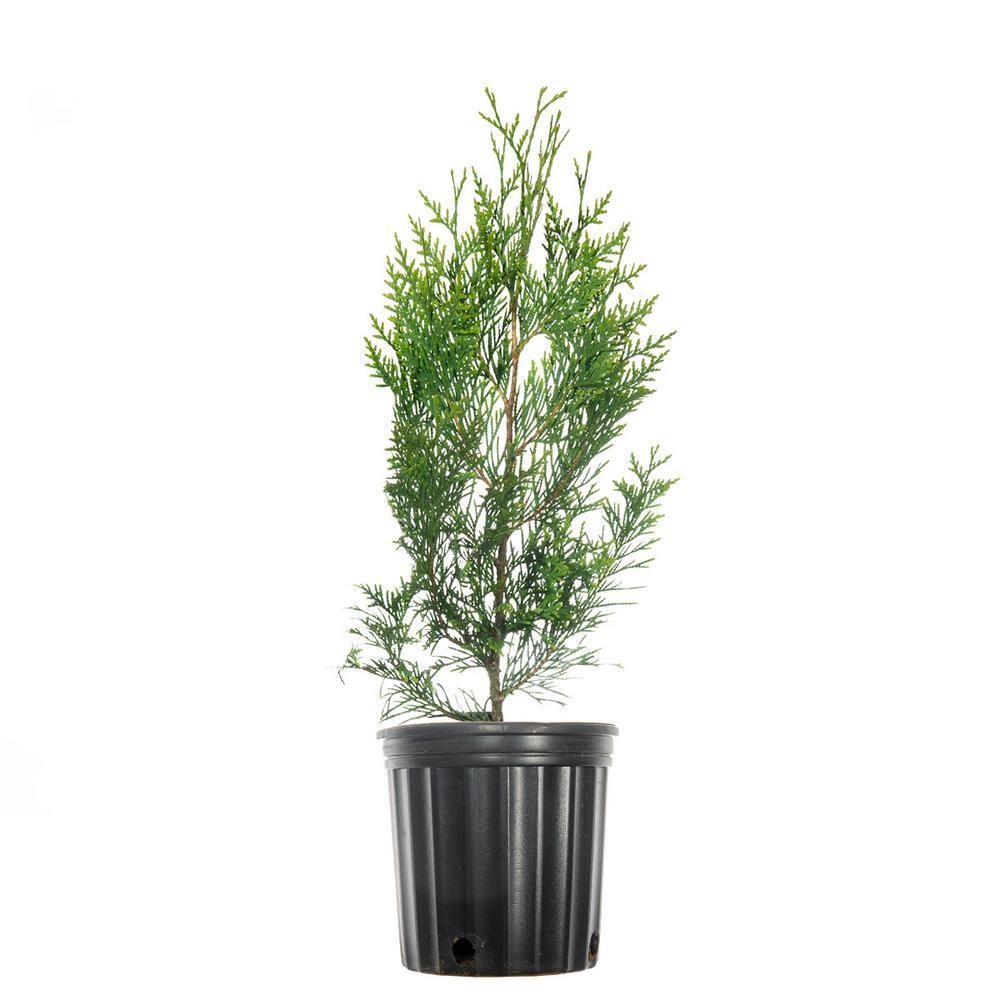
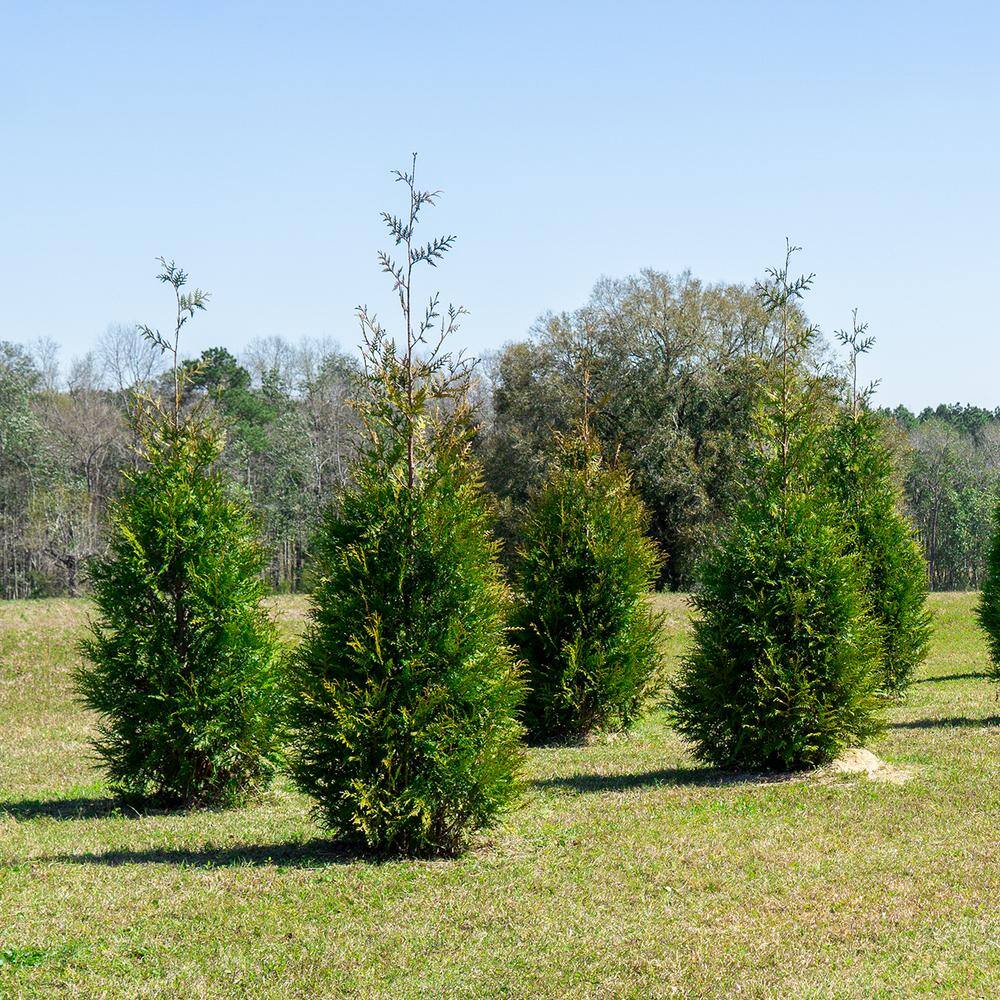

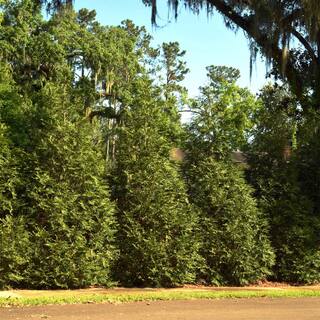
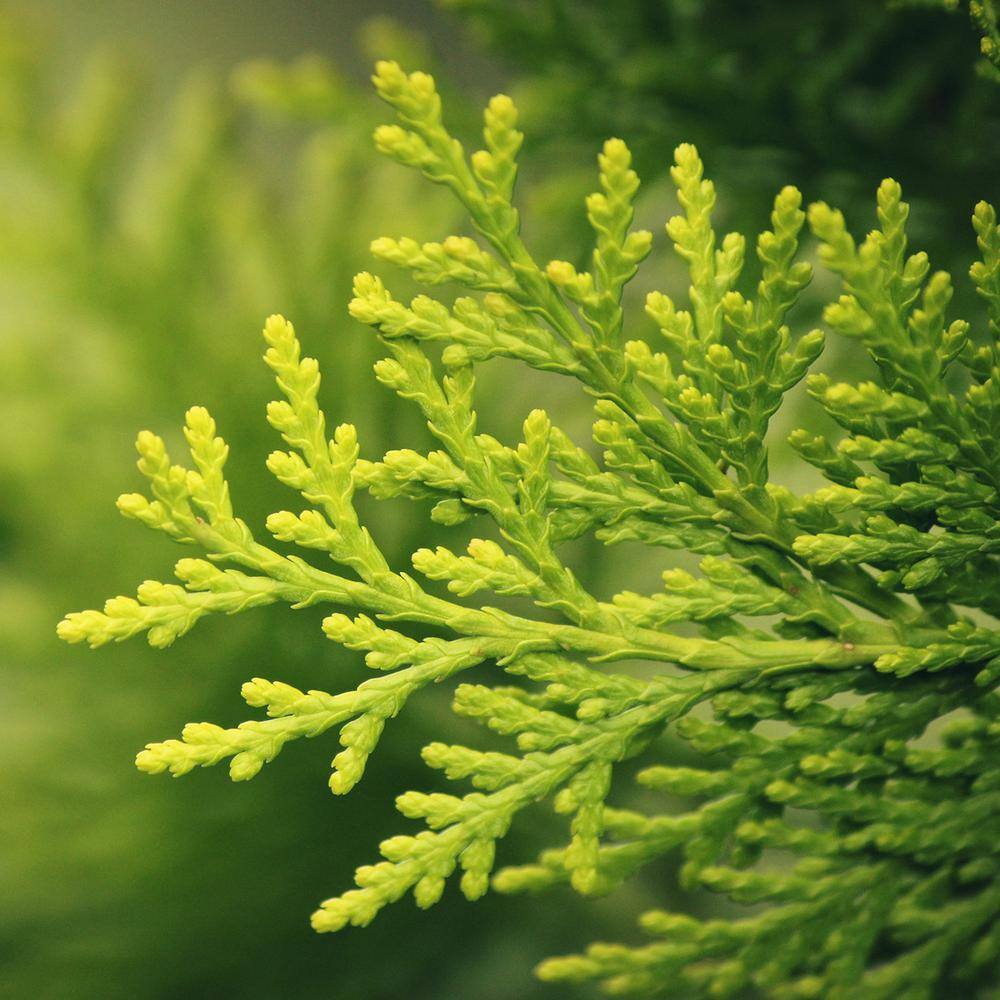
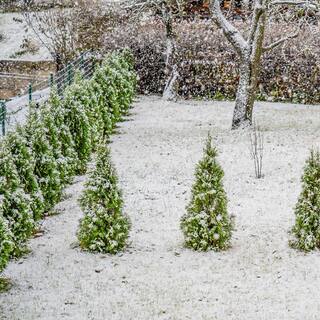

Comment